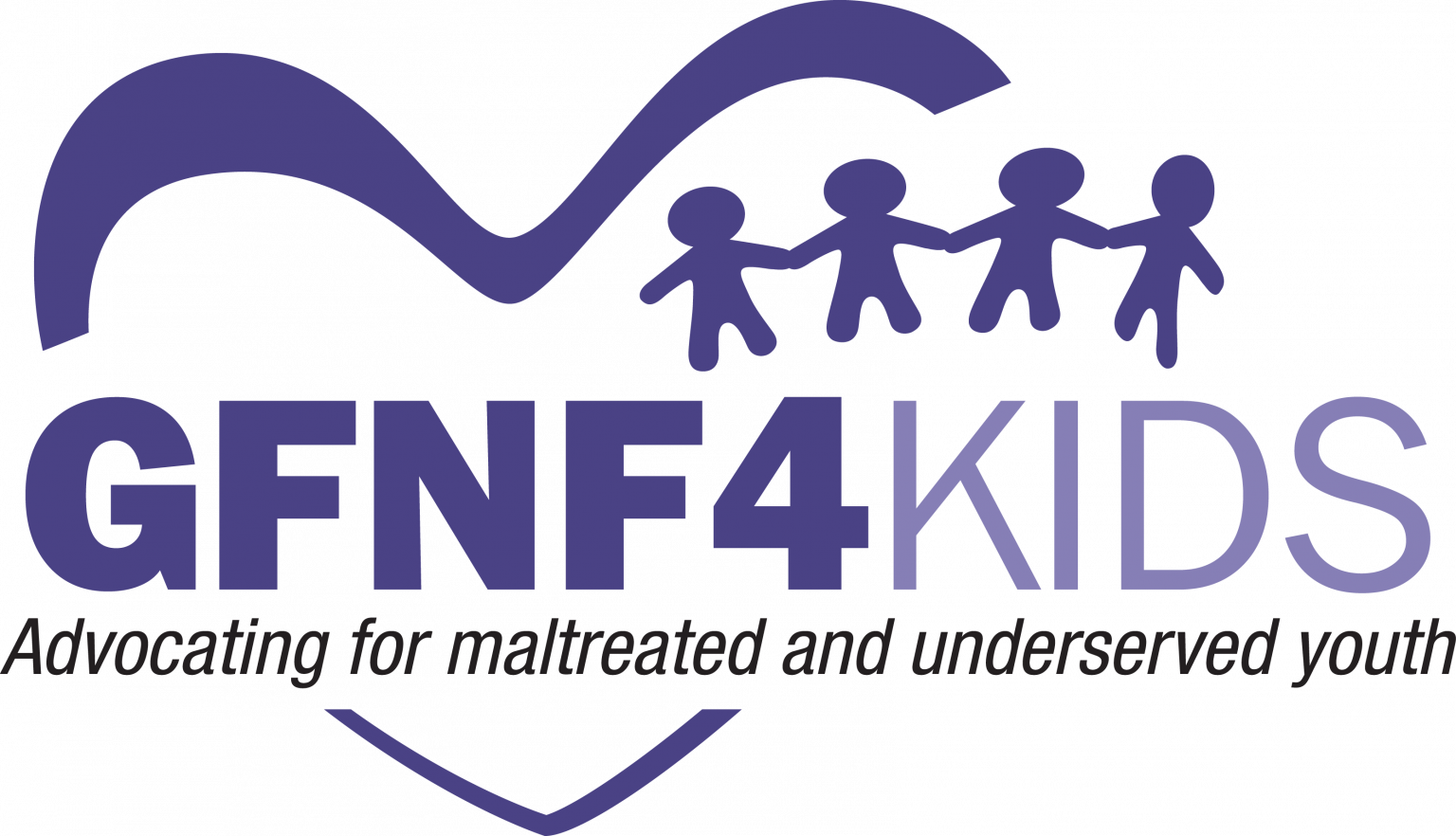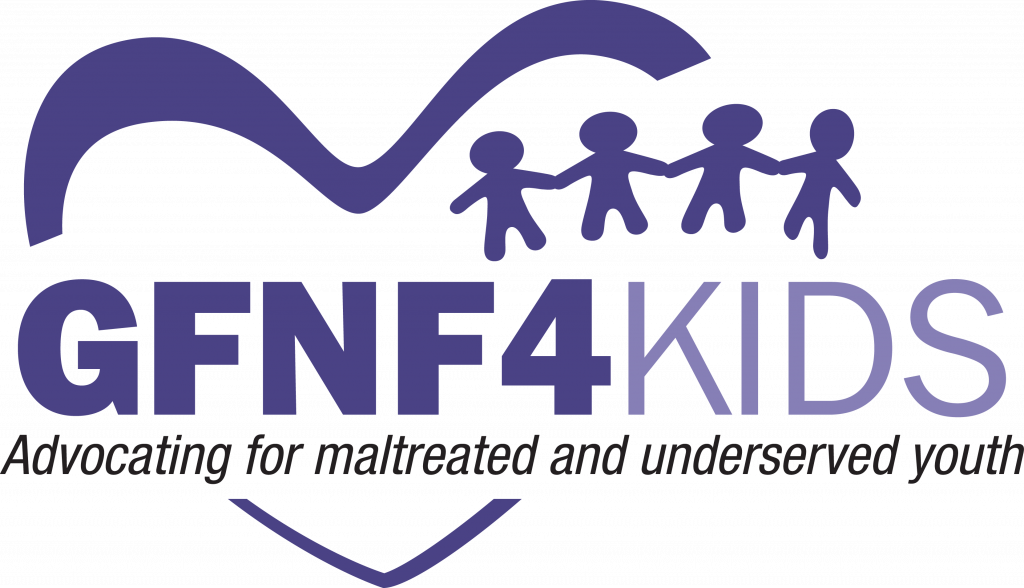
The grim reality of child predators remains a significant threat. These individuals employ a range of manipulative and deceptive tactics to exploit the vulnerable nature of children. Understanding these methods is not just important—it’s essential for safeguarding our youth. The following article delves into eight common strategies predators use to prey on children.
1. Grooming Techniques
Predators often use grooming techniques to build trust with a child. This process can involve giving gifts, offering special attention, and isolating the child from others. By creating a seemingly caring relationship, the predator seeks to manipulate the child into complying with their demands.
2. Exploiting a Child’s Innocence and Curiosity
Children are naturally curious and innocent, traits that predators exploit. They may introduce inappropriate topics or show explicit material under the guise of education or normal behavior, thereby desensitizing the child to such content.
3. Using Authority or a Position of Trust
Individuals in positions of trust or authority, such as coaches, teachers, or family members, can use their status to take advantage of a child. The child, taught to respect these figures, might find it difficult to question or oppose their actions.
4. Online Predation
With the rise of the internet, predators often lurk in online spaces frequented by children, such as social media, chat rooms, and gaming platforms. They may use fake profiles to befriend children, gradually building a relationship to exploit them.
5. Exploiting Emotional Vulnerability
Children going through tough times, such as family issues or personal insecurities, are particularly vulnerable. Predators may present themselves as understanding allies, exploiting the child’s need for emotional support.
6. Threats and Intimidation
Some predators use threats and intimidation to control their victims. This can involve threats of harm to the child or their loved ones, or threats to expose secrets or lies if the child does not comply.
7. Peer Pressure and Exploitation of Friendships
Predators sometimes use other children to gain access to their victims. This could involve pressuring a child’s friends to include the predator in activities or to gather information about the child.
8. Normalizing Inappropriate Behavior
Gradually, predators may work to normalize inappropriate behavior, making it seem like a regular part of the relationship. This can include jokes, playful touches, or conversations that slowly desensitize the child to crossing boundaries.
Conclusion
Understanding these tactics is crucial in protecting children from predators. It’s important for parents, educators, and guardians to educate children about these dangers, encourage open communication, and foster an environment where children feel safe to report any uncomfortable interactions. By being vigilant and aware, we can better safeguard the well-being of children in our communities.








